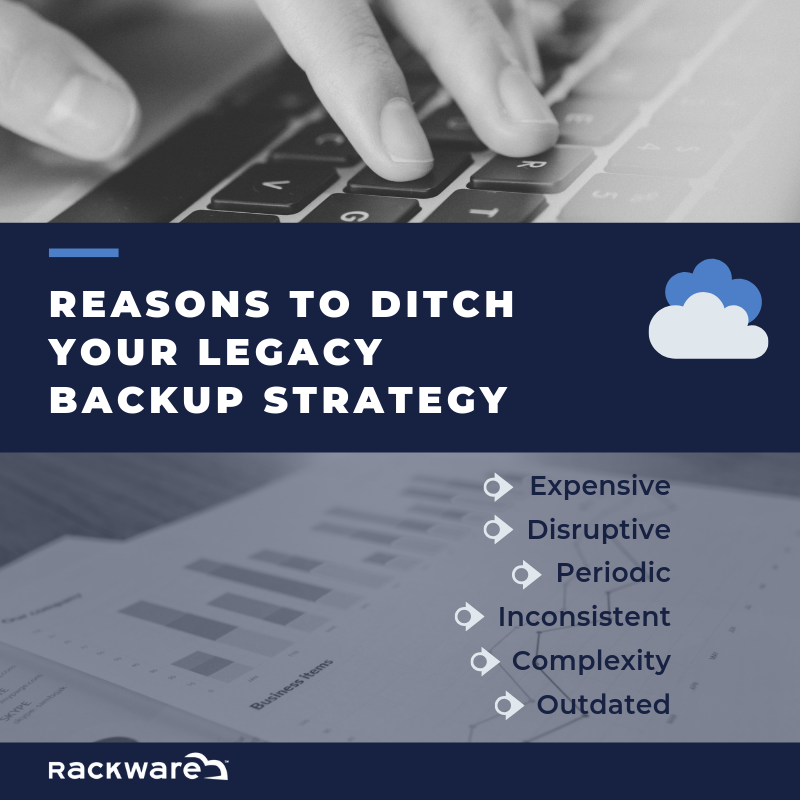6 Reasons to Update Your Backup Strategy
Getting the newer, next, best thing has become the general trend in today’s consumerism. Why do we do that, even when the item or model is working just fine? When it comes to certain things, especially technology, consumers want faster, improved experiences.
Share this Image On Your Site
The same goes for IT systems. For those integrating digital technology into their businesses, they, too, want to remain up to date with the latest. Enterprises want to ensure that they are taking advantage of the best to have minimal downtime and full data access. The goal is to protect the companies brand while fulfilling customer expectations to the fullest capabilities. Traditional IT backup has failed to keep up with the pace of modern times. Legacy backup could be a deadly decision for your digital enterprise.
1. Expensive
One of the top reasons people switch to cloud computing would be the cost-effective benefits. Businesses are constantly searching for new ways to cut costs while maintaining the integrity of the product of service. Traditional IT backups require expenses that are associated with production impacts and resource usage. Legacy backups further require multiple licenses, extra agent purchases, and additional increased IT infrastructure expenses.
2. Disruptive
As legacy backup duplication processes can be a burden on production, downtime may be a result. Despite attentive planning, traditional backups can cause network lags and often do not finish on time. Production environments consequently are disrupted that place an immense burden on IT resources.
3. Periodic
Since the last updated copy of data may be at least 24 hours old, the most recent changes and updates are completely lost. In newer backups within the cloud, data is consistently and constantly backed up. Copies are refreshed and ready if data recovery is needed.
4. Inconsistent
Virtual machines have complex application dependencies that legacy backups cannot manage. If application recovery should occur, there would be troublesome complications that create inadequate recovery time objectives.
5. Complexity
To complete a legacy backup, tools for distributed systems for data transfer require specific hardware, substantial configuration and time dedicated IT resources.
6. Outdated
Of course, as we speak about traditional backup processes, it is fairly clear that these methods are outdated. Decades ago, snapshot backup software was created. Overall maintenance costs were higher with this backup process. Time was wasted and recoveries were not necessarily all achieved.
IT resiliency is becoming the forefront of many businesses priorities. As technology begins to take over, data is the last thing an organization can afford to lose. Companies are finding an increasing need to recover specific files in entire data recoveries, all the while maintaining performance quality. Granularity in data recovery and protection is causing the line between legacy recovery and backup technologies to be blurred. Rackware provides a solution for cloud backup and disaster recovery. Backup becomes an automated process with file-level recovery. Data is continuously protected with point-in-time recovery options. Rackware’s backup and DR solution is driven based on recovery objectives to maintain business productivity.

